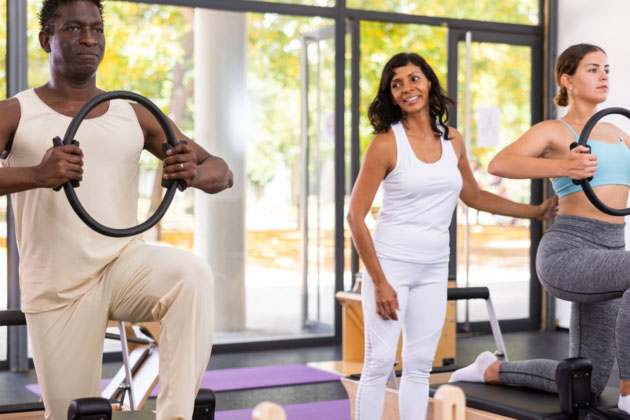Pilates uses slow, controlled movements to improve the deep stabilization of your muscles. If you’ve ever tried it, you might know how beneficial it can be. If you haven’t and you’re wondering how it works, how it could help you and whether it’s worth trying, keep reading.
How Pilates Works
Pilates emphasizes deep breathing and controlled movement to strengthen core muscles such as the abdominus rectus, obliques, glutes and more. The techniques you learn in Pilates could help you improve your posture, strength, flexibility and movement.
Benefits of Pilates
Pilates has endured for decades and is popular today because many practitioners appreciate its benefits:
- Mat-based Pilates can be done at home by following along with a video instructor.
- Pilates movements are designed to improve functioning in everyday life.
- Regular practice may reduce back pain.
- Pilates may improve rehabilitation after a weakening illness, injury or surgery.
- Many movements can be done lying down.
Drawbacks of Pilates
Is Pilates right for you? Consider whether these drawbacks outweigh its potential benefits, and discuss everything with your doctor before starting a program.
- Reformer-based Pilates requires investing in studio classes or purchasing a reformer apparatus to use at home. Both can be expensive.
- You could injure yourself if you have poor body awareness or have never trained in person with an instructor.
- May not provide the cardiovascular or strength outcomes you desire.
- May not improve physique without dietary and other lifestyle changes.
- May be too challenging for some body types or medical conditions.
Regular engagement in Pilates or another functional movement program is only one part of your overall health. Regular medical care can also help you maintain or improve your health. If you aren’t taking advantage of your health insurance benefits or aren’t sure what they are, reach out for help understanding them.

